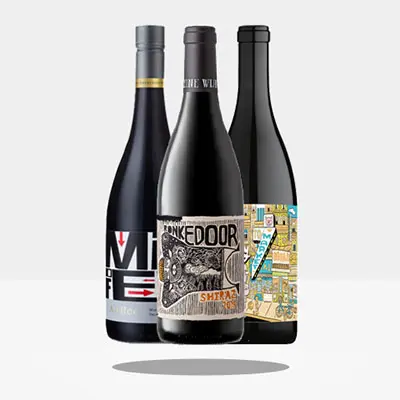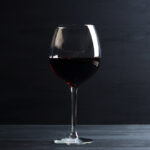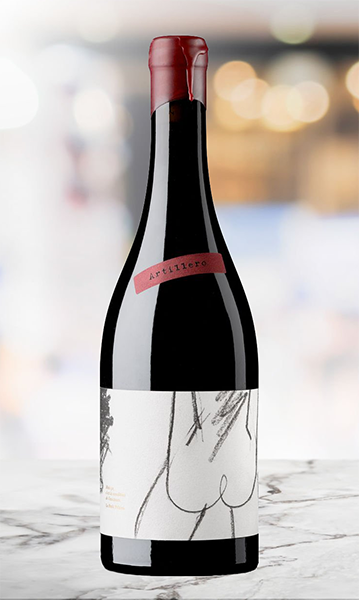- Posted on
- By Cellars Wine Club
- In Uncategorized

We hear a lot about climate change and climate impact, but how will it impact the wine you love?
In the short term, we’re seeing severe weather events and catastrophic disasters like wildfires in wine country, all of which have short-term implications on supply and quality. But many experts predict that we’re in for more of the same—and worse.
Hotter summers, warmer winters, droughts, freak storms, hail, flooding, fire, and invasive insects are keeping farmers on edge, but not all is lost just yet.
As with any crop, conditions need to be just right to ensure optimum ripeness and fruit maturity. This requires constant attention throughout the season, with vineyard workers dropping fruit so the vine can focus its energy on ripening the right number of bunches, stripping leaves to ensure good airflow and sunlight through the canopy, and testing fruit regularly until it’s time to pick.
Here’s how climate change is impacting the wines you love.
Wildfires
While wildfires can’t always be attributed to climate change, it certainly doesn’t help when the ambient temperature is over 100˚ F and the winds are whipping it about. And while grapevines don’t burn as easily as other fuel, they are not impervious. Even if the vineyards escape the fire, smoke taint can ruin the vintage. More than just “smoky notes,” think about what it would taste like to drink from an ashtray. Fortunately, the taint only lasts for the vintage. Most vines will recover and return to normal production levels; however, you might find that there is less wine to be had in wildfire years. If this trend continues, we will see prices rise for sure.
Drought
Grapevines like to be stressed; that’s common knowledge. But they do require some water and nutrients to survive and will produce less fruit in their absence. Early drought prohibits shoot growth, bud development, and vine capacity. Without enough nutrients to feed the roots, vine size will also be impacted, resulting in less wine.
Hotter Summers
Heat drives sugars higher and reduces acids in the fruit, resulting in higher alcohol, less structure, and greater potential for volatility. Higher sugars don’t necessarily mean more flavorful fruit, either. When sugars develop faster than the fruit matures, the berries lack flavor, and the resulting wine is flabby, boozy, and loses varietal character.
To combat the heat, growers are picking earlier, planting at higher altitudes, choosing shadier slopes, and even looking at alternative varieties, like hybrids. For now, we’ll see riper vintages coming out of cooler regions and surprising regions, like Great Britain, stepping onto the world stage as their climate becomes more amenable to quality grape production.
Extreme Weather
Massive hail, flooding, and storms in winegrowing regions are forcing growers to take action. For example, in Burgundy and Bordeaux (France), the recent phenomenon of unusually large hailstones prompted a technique of firing silver oxide particles into hail clouds at high velocity to prevent hailstone formation. Without these hail shields, growers stand to lose 90% of their crop if such a storm should hit the vineyard. This is just one example, of course, but it’s innovations like these that will keep the wines we love on our tables for many years to come.
Discover the world of wine: enrich your palate with a wine club subscription today!











